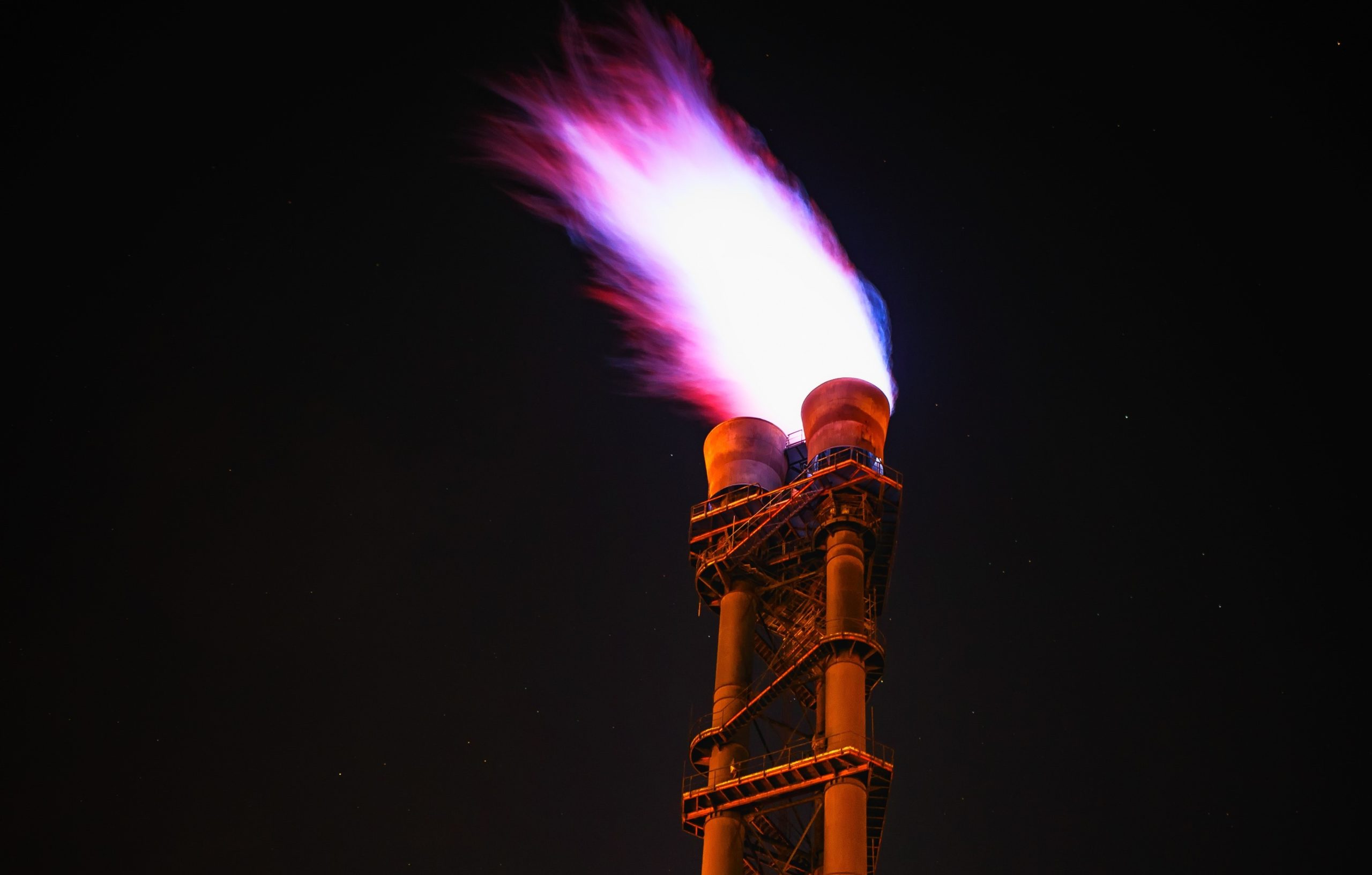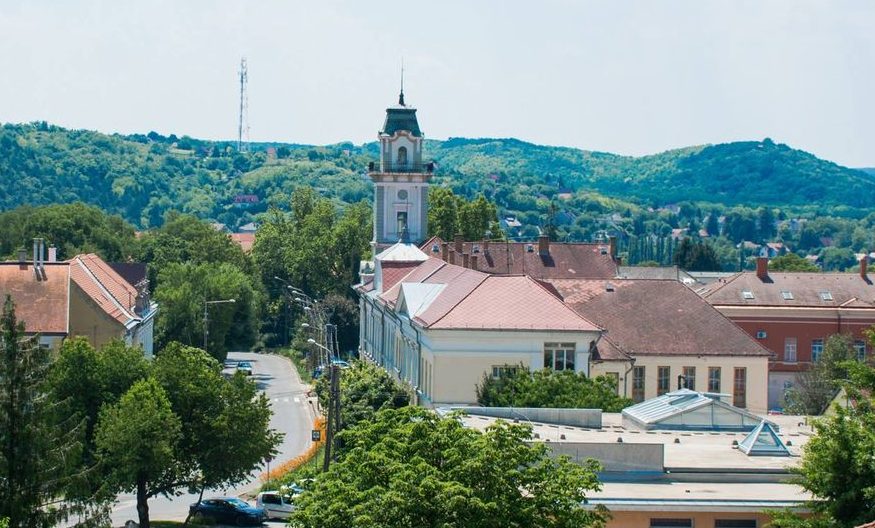
Hungary's relevant energy transition plan aims to meet all the requirements of climate objectives and strives for affordability.Continue reading

The town’s spa is the main tourist attraction in Tamási, southwest Hungary. Still, thermal water is not only valuable for tourism: a geothermal utility system was built in the town in 2014-15, which significantly replaces the heating gas demand of the municipally managed public buildings.
In addition to the gas savings, the system also contributes to reducing greenhouse gas carbon dioxide released into the air, contributing to the carbon neutrality targets prioritized by the EU, including Hungary. The heart of the system is a new 1000 m deep thermal well at the urban campsite, which will be piped to the boiler houses’ heat centers via insulated pipes after treatment.
The primary objective in controlling the heat centers is to ensure that the heat demand of the building is met as much as possible from geothermal energy and that gas boilers are only operated when absolutely necessary. The current heating season, which has been affected by the energy crisis, has shown that geothermal heating alone can provide adequate temperatures in the majority of institutions. In Tamási, there are plans to develop the geothermal utility system, expand the piping system, build and upgrade heat exchanges, and install production and absorption wells.
Using geothermal heat as a renewable energy source has great potential to increase the city’s energy efficiency. Still, the aim is not only to use it for heating purposes: the city administration would also generate electricity from geothermal energy.
In 2018, the municipality built a biomass plant with grant funding. In the past, during colder periods, institutions had to use gas energy because the thermal capacity of the water produced by geothermal energy was not always sufficient.
The power plant is designed to heat the extracted water when needed, using the built-in high-efficiency boiler so that gas energy is not needed. The advantage of biomass is that it is a carbon-neutral energy source. The amount of carbon dioxide released back into the atmosphere when the fuel is burned is exactly the same as the amount of carbon dioxide sequestered by the plants during their development. The aim is also to significantly reduce the energy costs of the institutions owned and run by the municipality.
In addition to the geothermal heating and biomass boiler system, two further developments will be implemented in the next heating season. An electric boiler unit with a capacity of 1.5 MW will be installed, which will operate in addition to the standard switch-on principle. By switching on to balance the load on the system, the “excess current” generated will be connected to the existing heating system. Where no district heating mains are installed, so-called mobile thermal storage units will supply the heat.
Featured photo via Facebook/Tamási Város Hivatalos Oldala